5. Hacksaw Ridge (Mel Gibson, 2016)
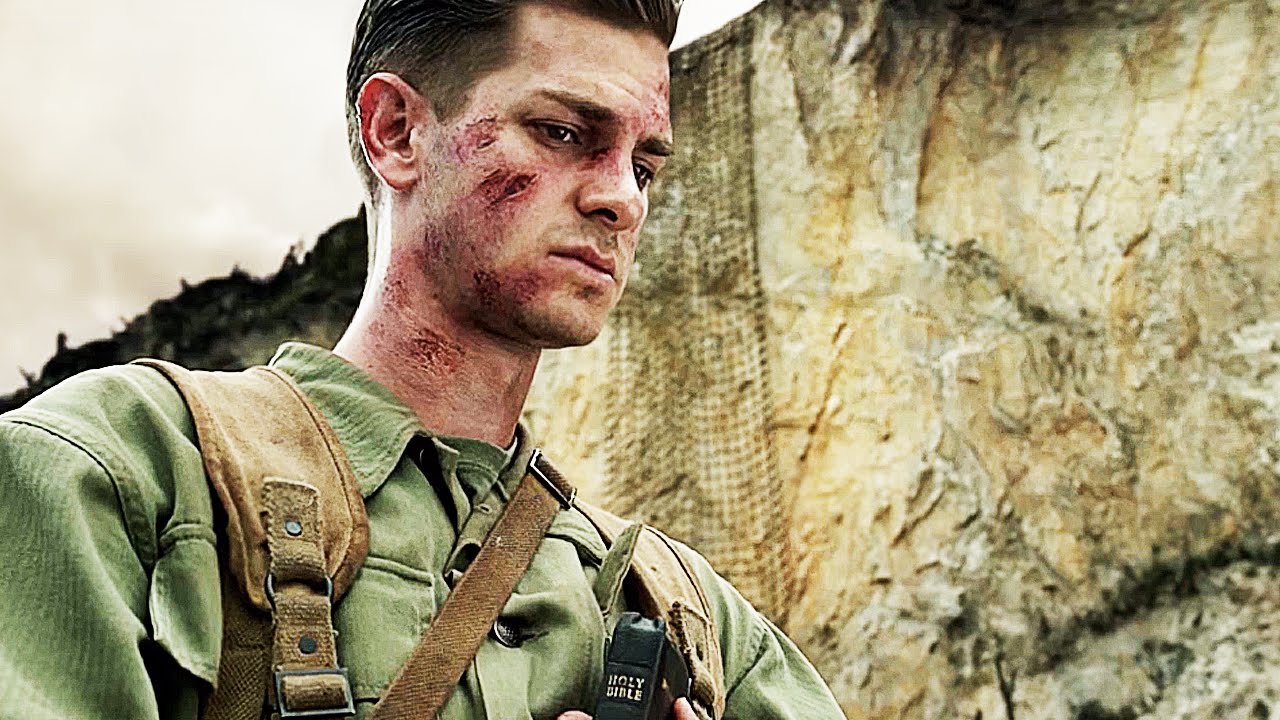
Desmond Doss deserved better. That’s what was on my minds after watching 139 minutes of Mel Gibson revelling in the carnage of war in “Hacksaw Ridge,” this bloody, soulless travesty of a movie that was technically ingenious enough for Academy voters to nominate it for Best Picture. Were the World War II conscientious objector alive today, he would probably despise Gibson’s violent, propaganda-like film, which is something truly out of the overblown Rambo sequels of the 1980s.
Andrew Garfield and Hugo Weaving barely compensate for the unsubtle (to say the least) direction – while their performances are truly wonderful, it’s difficult to appreciate them in the midst of such an erratic, malicious, repugnant film. The 8.2 rating must be from sound design fans and/or religious fanatics – but the truth is this is (barely) a cinematic refinement dreadful fare like “God’s Not Dead,” “Do You Believe?” and such.
4. Flags of Our Fathers (Clint Eastwood, 2006)
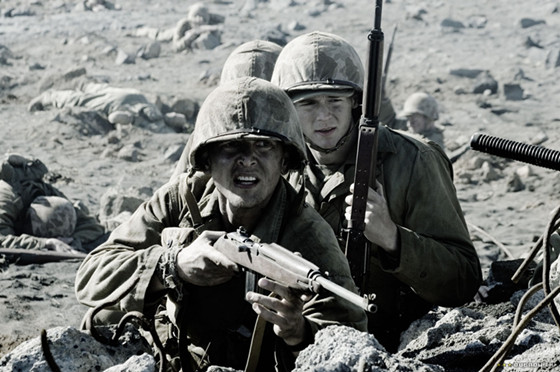
Are Americans really such suckers for war movies that they can’t make the distinction between good and bad ones? Clint Eastwood made it easier when he did one of each in the same year – the great “Letters From Iwo Jima” is a masterclass of cinema next to “Flags of Our Fathers,” an drawn-out, boring drama epic that seeks to explore the post-traumatic stress and other lasting effects of war in a very special group of World War II veterans. I say “seeks to explore” purposefully – the film fails in this intention, thanks largely to a shallow, messy script by William Broyles Jr. and Paul Haggis.
As is the case with “Hacksaw Ridge,” the real characters depicted in “Flags of Our Fathers” deserved a better film, and their plight deserved to be told in a more compelling way. While the spectator can, of course, sympathize with what they go through here, the storytelling is all over the place, and the film ends up packing half the punch it thinks it does. It’s not Eastwood’s best effort by a mile.
3. Taken (Pierre Morel, 2008)
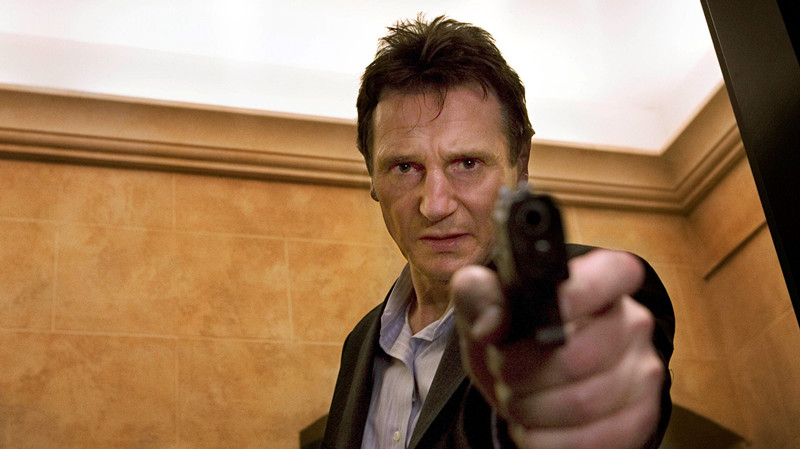
Again with the franchise-launcher nostalgia, “Taken” is a good film if compared to the misguided sequels (and even the awful recent TV series), but that doesn’t mean it’s a 7.8 out of 10, people! Pierre Morel’s direction for Luc Besson’s script makes this simple, told-a-million-times-before story of a former agent dad rescuing his daughter from kidnappers a bit fresher than it might have been. Liam Neeson’s action-star debut is certainly a moment for the ages, but his Jaume Collet-Serra collaborations should be the ones to set the gold standard for that, not this.
As Neeson uses his “particular set of skills,” Bryan Mills turns into yet another macho action hero with a gravelly voice and surprisingly brutal methods. Not as swift as it could be at 93 minutes, “Taken” was an okay action movie in a time when action movies were really underwhelming the audience, which exploded its own reputation beyond what the film is really worth.
2. Passengers (Morten Tyldum, 2016)
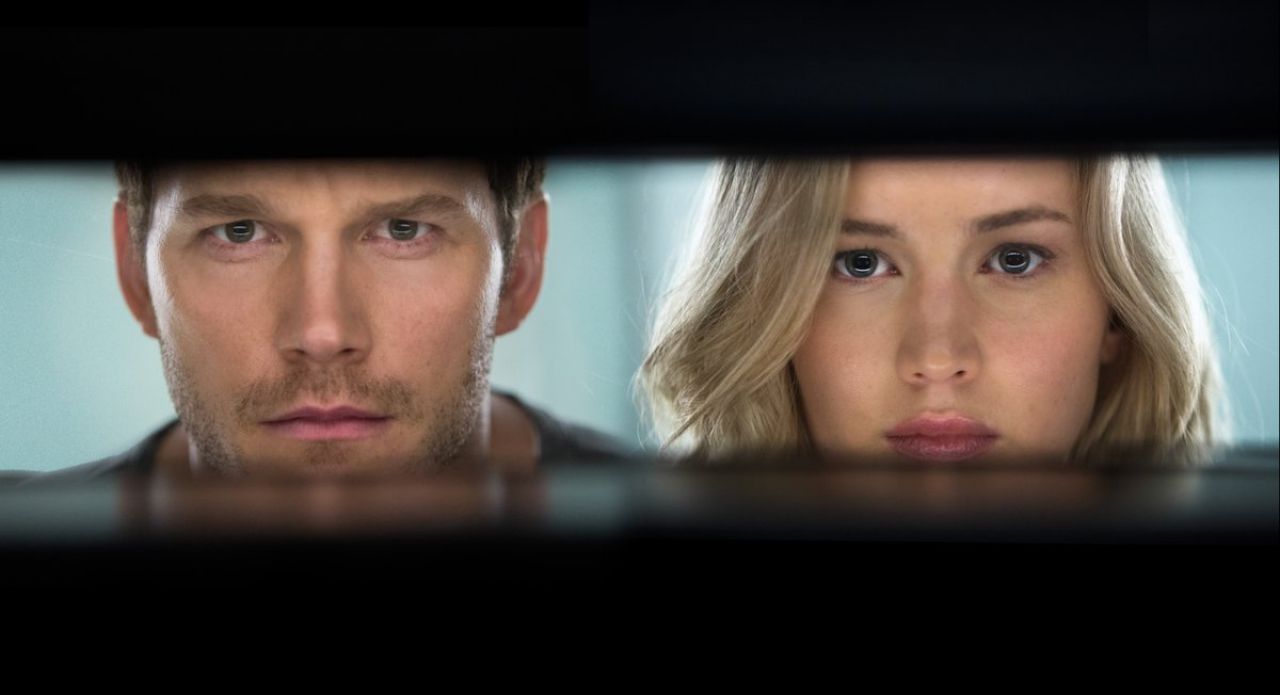
One could argue that “Passengers” is a bad film with a few good elements to it – especially Guy Hendrix Dyas’ stunning production design. Luxurious, yet practical and believable, the sets that stars Chris Pratt and Jennifer Lawrence strutted around were state-of-the-art Hollywood magic, with creative touches that made “Passengers” a constant visual surprise. Plus, the two leads turned their charm up to 11, which is never a bad thing, really.
Problem is the rest of the film fails epically in living up to that refined piece of work by Dyas. Jon Spaihts’ script is predictable at best, problematic at worst. “Passengers,” as a whole, runs away from every philosophical question that may turn it into an interesting film, or genre element that might make it “too niche” for mainstream audiences, preferring to serve up a tired bunch of clichés spiced up by some beautiful visual ideas.
1. Jack Reacher (Christopher McQuarrie, 2012)
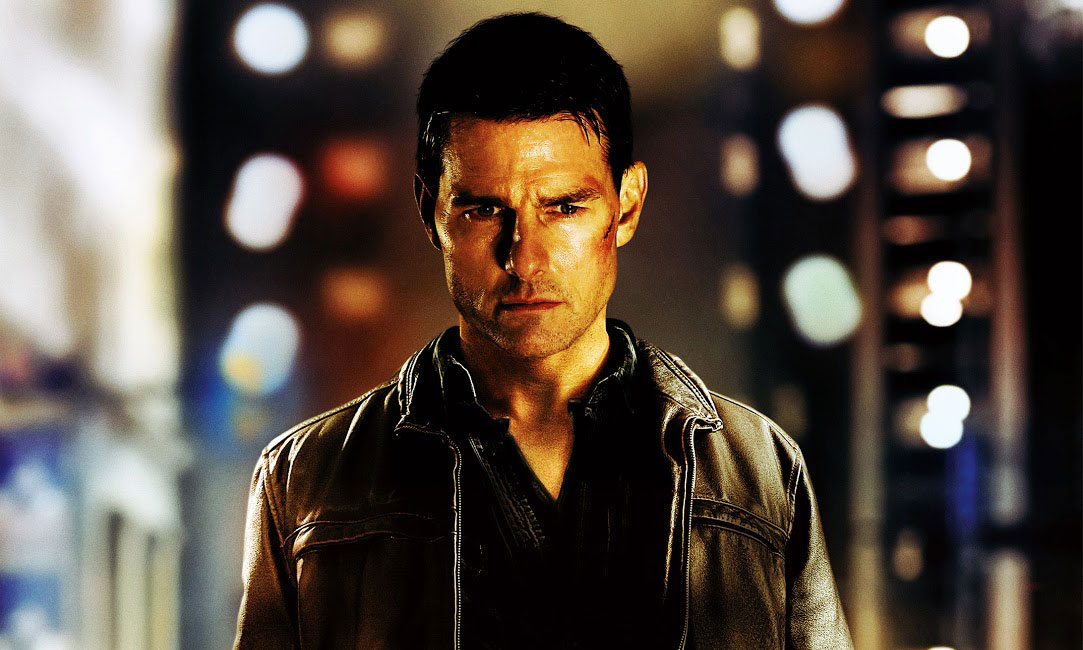
Jack Reacher is no Ethan Hunt. While the original 2012 movie proved to be a solid box office performer, the 2016 sequel, “Never Go Back,” showed that this character was always on thin ice when it came to franchise-building – most of all because the movie version of Lee Child’s all-American “secret agent” is cut from the cloth of outdated overblown action anti-heroes of the 80s. While Tom Cruise’s Hunt carries the seven-film, two-decade-plus Mission: Impossible franchise on the star’s charisma and willingness to risk his life, Reacher is just plain boring.
Save for Werner Herzog’s entertaining villain, the plot in which he is involved this time around is similarly predictable. As Reacher investigates five deaths by sniper in what’s described in the synopsis as “an innocent heartland city” (seriously), we follow a seedy-looking actioner that belongs three decades into the past, or buried in a direct-to-DVD shelf somewhere.